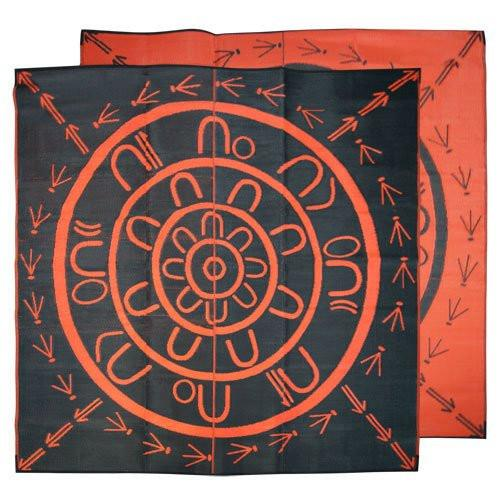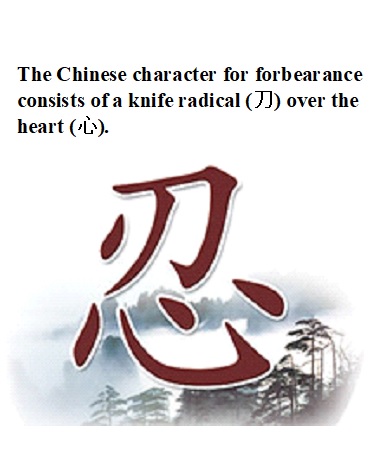| I feel like the temperature in our workplaces is continually heating up. Maybe it’s just a reflection of our current fiery western culture where we appear to be less tolerant |

| Can “yarning circles” https://www.scu.edu.au/media/scueduau/academic-schools/-gnibi-college-of-indigenous-australian-peoples/About-Yarning-Circles-A-Guide-for-Participants.pdf help improve communication and dialogue in our workplaces? |
| “Yarning Circle” (aka dialogue circle) have been used by Indigenous peoples from around the world for centuries to learn from a collective group, build respectful relationships, and to preserve and pass on cultural knowledge. It Late last year I worked with a group who were “on the brink of conflict” and facilitated the discussion using a “yarning circle”. The group has the responsibility to implement an ambitious project and things were falling apart. This approach kept all involved in the issue responsible for resolving it and gave each individual an equal voice to suggest changes. We had two ground rules: no attributing blame and prioritising respectful communication. The discussion was fiery but the group self-moderated and resolved many issues. |
Can “great tolerance” from traditional Chinese culture play a role in changing the course of conflict?

Traditional Chinese philosophy encouraged tolerance as a way of resolving inevitable social tension. It is also about being in control and not allowing others to control you. The thinking is that allowing another person to control your “inner peace” is considered to be giving them too much power. Rather, using forgiveness and showing mercy can impact the other’s thinking and behaviour and avert further tension.
https://www.theepochtimes.com/how-to-handle-conflict-like-an-ancient-chinese-boss_2291844.html
There is a story about two adjacent melon farms in ancient China. One neighbour worked hard and had healthy crops, the other did not. One night, the jealous neighbour ruined the fruitful melon crop. The distraught neighbour wanted revenge. But, a well-regarded leader Song Jiu http://en.minghui.org/html/articles/2013/4/27/139079.html (722 B.C. to 481 B.C.) advised “We should not do that. Making an enemy is a path to calamity. It is narrow-minded to give tit for tat.” Instead he convinced the aggrieved party to secretly water their neighbour’s melon crop and help them flourish. And so it did. When the neighbour found out he was embarrassed and regretful and their relationship turned to one of alliance.
How can we apply this “tolerance” in modern workplaces to allow for better outcomes? Are there times when an “act of harm” can be repaid with an “act of kindness” to achieve a better overall situation? Yes, sometimes it requires someone to take the higher ground because they can see it will benefit them and others in the long term. I saw it just last week when a client I am coaching choose not to respond to a “flame email” copying unnecessary people in and picked up the phone to discuss a mater. Do you see opportunities where you can apply this wisdom? There are many many many more ancient cultures we can explore and learn from, like:
- An interesting Eastern philosophy, Ho’oponopono, where the 3 minds—the subconscious, conscious and superconscious – need to be addressed to allow for resolution. https://www.shrm.org/resourcesandtools/hr-topics/employee-relations/pages/ancient-hawaiian-conflict-resolution-.aspx.
- Or learnings from ancient Egypt here http://www.crystalinks.com/egyptlegalsystem.html.
- Or learnings from African Traditional societies here –
https://www.ajol.info/index.php/afrrev/article/download/104273/94361 - If you have any thoughts or want to chat about Increasing our collective workplace wisdom by drawing on the conflict resolution philosophies and practices of other cultures please be in touch.



